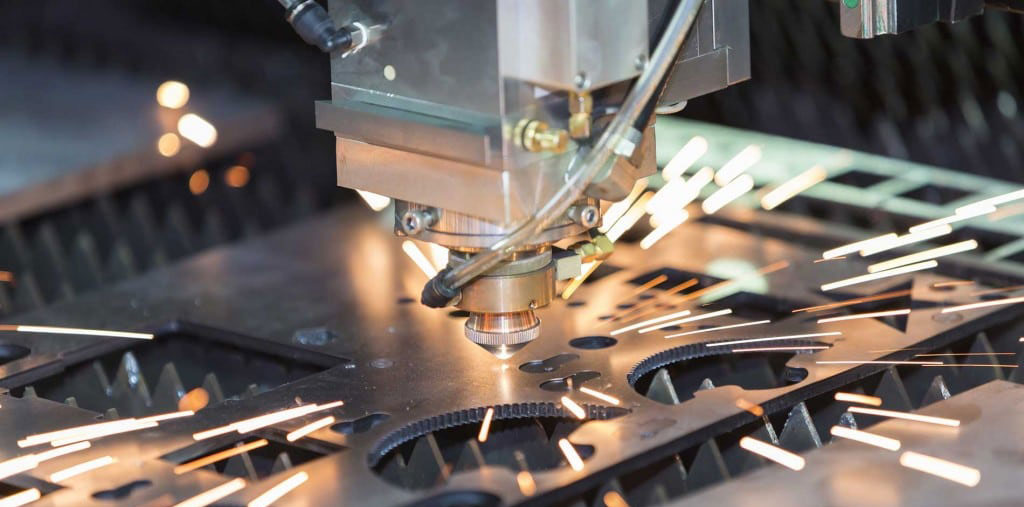
We are specialists in laser cutting and process wear resistant, armour and High Strength Low Alloy materials. Grades such as Hardox (most gauges kept ex-stock), Weldox, Abrazo, Armox, and Invar & Abro can all be processed up to 25mm thick.
We carry a limited stock of these materials to facilitate a quick turnaround. We carry a range of Domex & Hardox material ex stock and process these materials regularly.
Please call for further details and current stock availability.
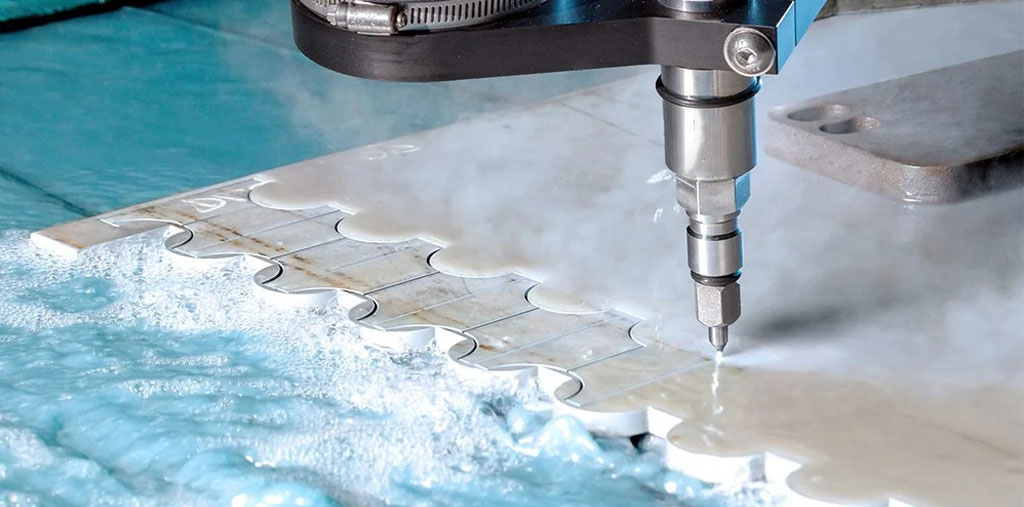
Our Waterjet cutting system uses water at 50,000 psi and an abrasive garnet to cut virtually any material, including titanium! The intensifier pumps provide a 150 horsepower, allowing even better performance on thicker materials. Some of the advantages of waterjet include: Superior shape cutting ability. Cuts materials other methods can't, such as foam rubber, ceramic tile, marble, and glass. Handles a wide variety of materials with ease. ± 0.005" positioning accuracy. Eliminates predrilling entry holes. Less labor intensive than other methods. Can cut extremely thick materials (We have cut 8" thick copper!).
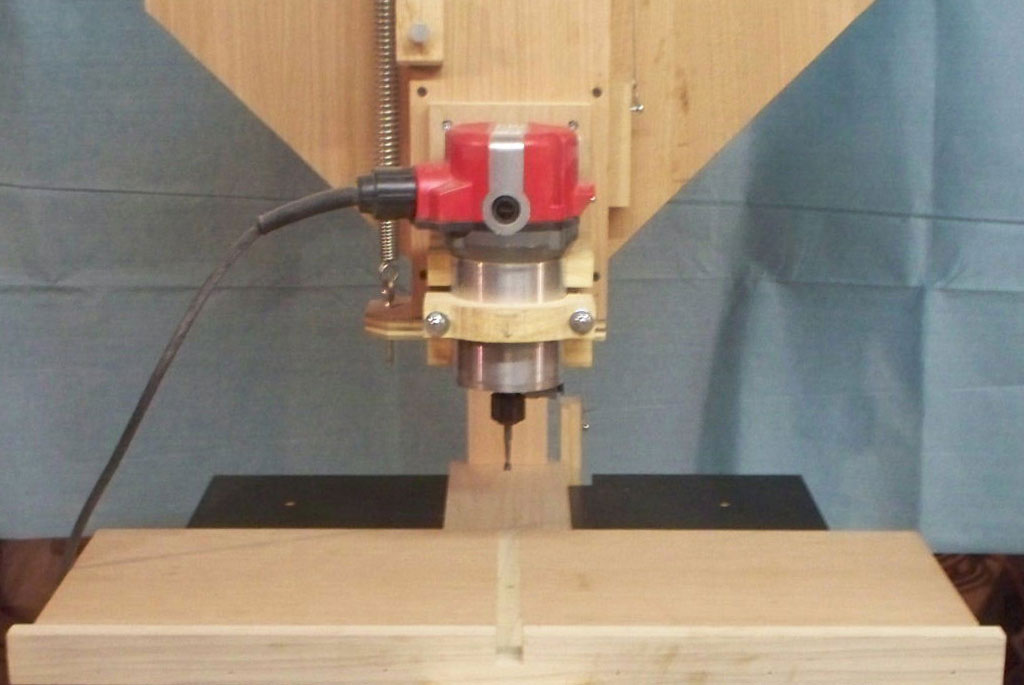
Cutting federates up to 3,150 inches per minute.
• Fastest way to process aluminum, SS, CS and alloy Steel.
72" x 144" table with 84" x 140" work envelope and 15" of z-axis travel.
• can machine thick materials and parts up to 6' x 12'.
20-horsepower, HSK 63A liquid-cooled spindle with through-the-tool cooling and integrated dynamic tool changer.
• advanced tooling holding system
• through-the-tool cooling means faster deep drilling operations.
• 12 tool stations allow almost any job to be machined without retooling.
Flood coolant system for hard-to-machine materials
• allows higher speeds and feed rates, increases tool life, decreases part cost.
• Capable of machining stainless steel and titanium.
40-horsepower high-flow vacuum pump.
• Greatly increased vacuum helps hold thick plates or many small parts in place.
± 0.0004" (0.01mm) unidirectional repeatability and ± .0025" circularity.
• Highly accurate finished parts.
Plasma cutting has long been seen as a low cost alternative to oxy-fuel and laser profiling where cut angle was not an issue. Recent developments in the high precision/high definition plasma process have significantly improved the quality and capabilities of plasma cutting, making it a more versatile and accurate option than ever before.
Application Suitability
Plasma cutting is suitable for various materials particularly mild steels and stainless steels producing an excellent edge finish.
Enhancements to the control systems now mean that optimum cutting performance for a range of materials and thicknesses from 1mm to 50mm in mild steel (dependent upon the power of the plasma unit) can be achieved.
Parameters associated with cutting a wide range of materials and thicknesses such as cutting speed, gas types and gas pressures can now be controlled automatically by the equipment, ensuring a consistently high cut quality. Users now have a truly cost effective alternative to other cutting processes.
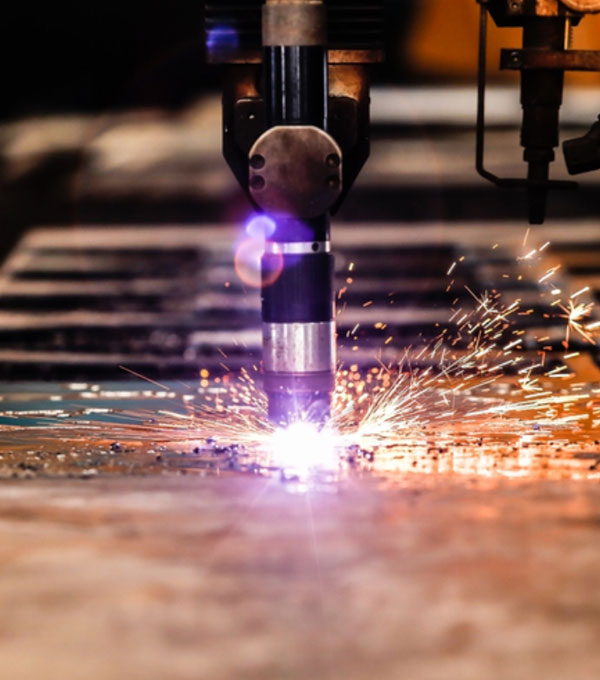
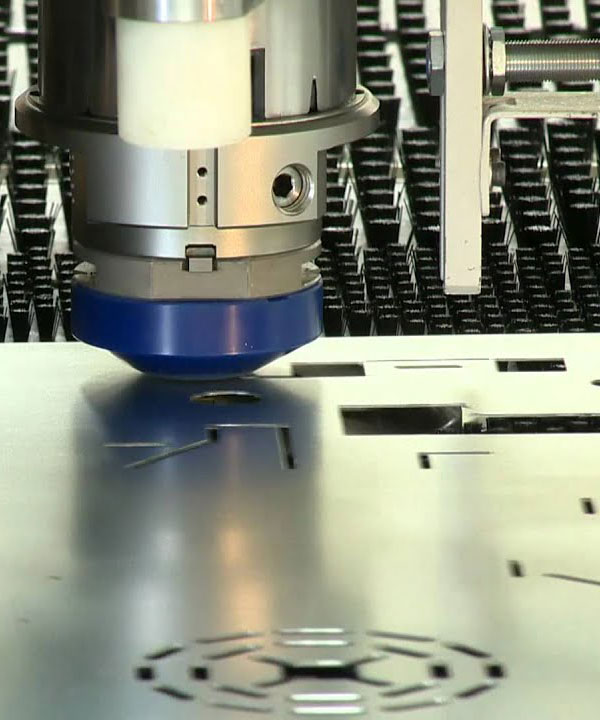
CNC Punching sheet metal work with CNC Punch tools and CNC Punch Presses. Computer numerically controlled (CNC) punching is a manufacturing process that is carried out by CNC punch presses. These machines can be either a single head and tool rail (Trumpf) design or multi-tool turret design. The machine is basically programmed to move a sheet of metal in an x and y direction so as to accurately position the sheet under the machine’s punching ram ready to punch a hole. The processing range for most CNC punch presses is 0.5mm to 6.0mm thick in a range of materials including steel, zintec, galv, stainless steel and aluminium. The choice of hole punched can be as simple as a circle or rectangle right through to special shapes to suit a specific cut out design. By using a combination of single hits and overlapping geometries, complex sheet metal component shapes can be produced. The machine may also punch 3D forms such as dimples, taptite® screw thread plunges, and electrical knockouts etc on either side of the sheet, which are often employed in sheet metal enclosure design. Some modern machines may have the ability to tap threads, fold small tabs, punch sheared edges without any tool witness marks making the machine very productive within the component cycle time. The instruction to drive the machine to create the desired component geometry is known as the CNC program.